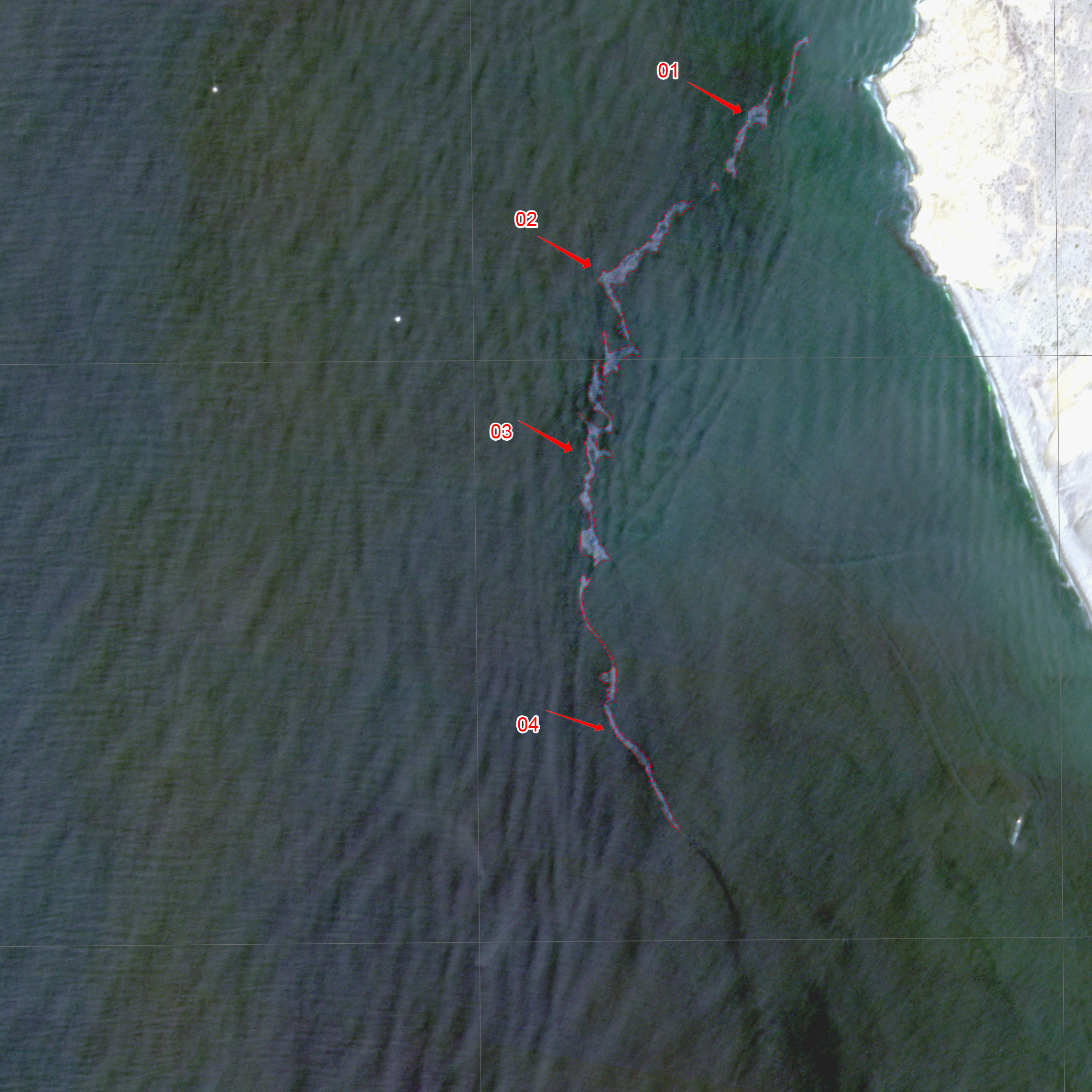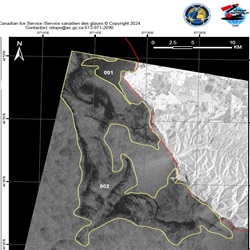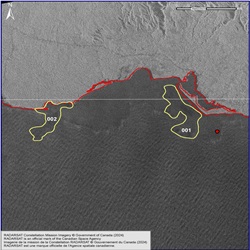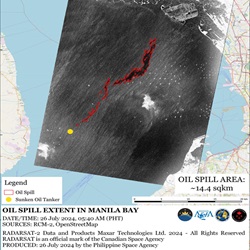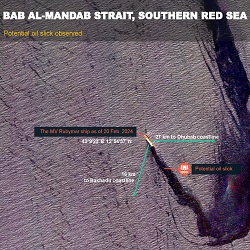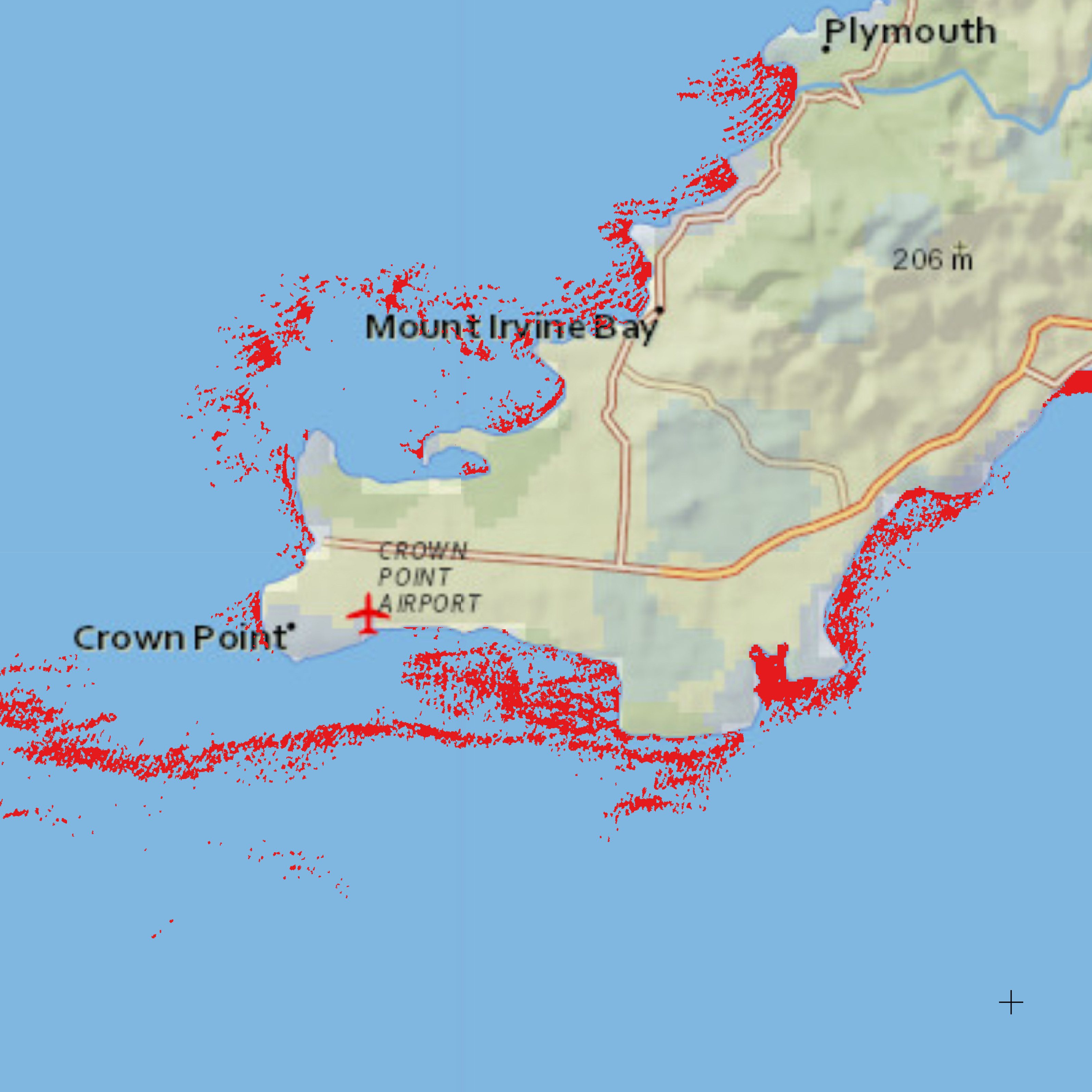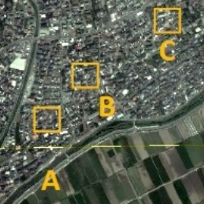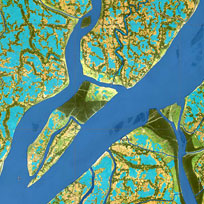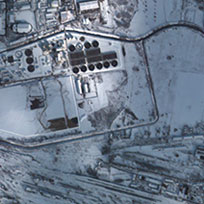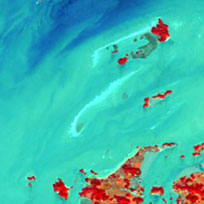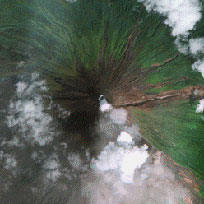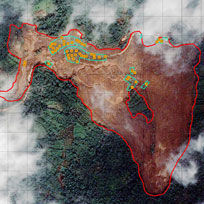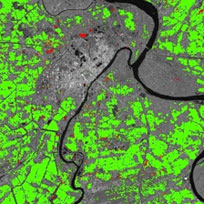Oil spills
Oil spills occur when petroleum oil is released into the ocean following accidents, such as vessels crashing or damage and problems with oil platforms and drilling. They can have devastating effects on the environment, affecting marine and coastal ecologies, and are not easy to remove. The ocean tide, currents and weather affect the movement of oil spills, making them unpredictable.
Radar data is typically used to detect oil spills with satellites, but it can be very difficult to locate oil spills as looking for relatively small patches of oil in vast oceans is a challenge. Identifying oil is also difficult, as a dark patch on the ocean may be from the event in question, or a natural release of oil or different substance altogether. Once a particular oil spill that needs to be monitored is identified, however, satellites can play a useful role in noting the source, mapping the extent and tracking the direction the spill may take.
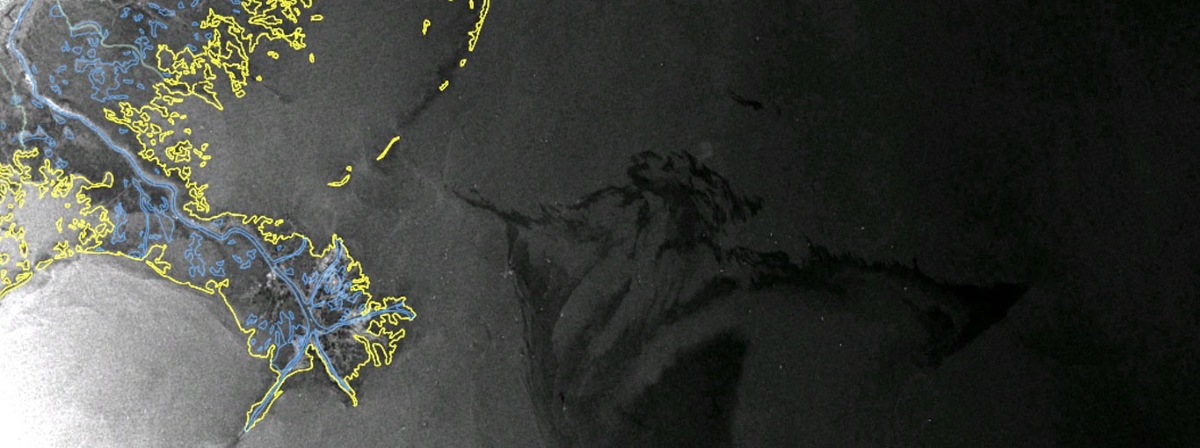

 English
English Spanish
Spanish French
French Chinese
Chinese Russian
Russian Portuguese
Portuguese
 Oil Spill in the Gulf of Mexico
Oil Spill in the Gulf of Mexico